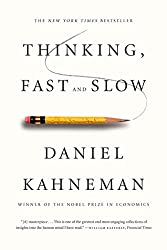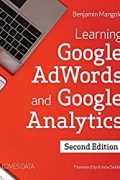
Rating: 6.7/10.
Influential book by Daniel Kahneman, winner of a Nobel Prize in economics for his work on behavioral economics. The main idea of this book is we have two systems for making decisions, call them System 1 and System 2. System 1 is fast, intuitive, and effortless; System 2 is slow, logical, and takes energy. We default to System 1, but it relies on heuristics that can go wrong in a lot of scenarios. We can find the right answer if we use System 2, but it can’t do multiple things at a time, and when our mental energy is depleted, we fall back to System 1.
The bulk of the book is a long list of cognitive biases: association effects, underestimating small probabilities, halo effect, anchoring bias, conjunction fallacy, and so on. Each cognitive bias chapter gives the reader an interactive demonstration of the effect and references a few psychological studies, but I found it got really tedious after a while, and stopped reading about 1/3 of the way through. They all involved a similar pattern of our intuitive judgements being wrong in some way, but I didn’t find them that surprising since they’ve all been covered in numerous other places: eg, books by Dan Ariely, Nassim Nicholas Taleb, rationalist forums, etc. You could probably get most of the value just by reading through a list of cognitive biases.
Some people have criticized the book for containing psychological studies that have failed to replicate. I guess this is one advantage of approaching the same idea from so many angles: there is enough redundancy that the central idea can withstand some of its evidence being invalidated. The redundancy, however, makes the book quite repetitive.



